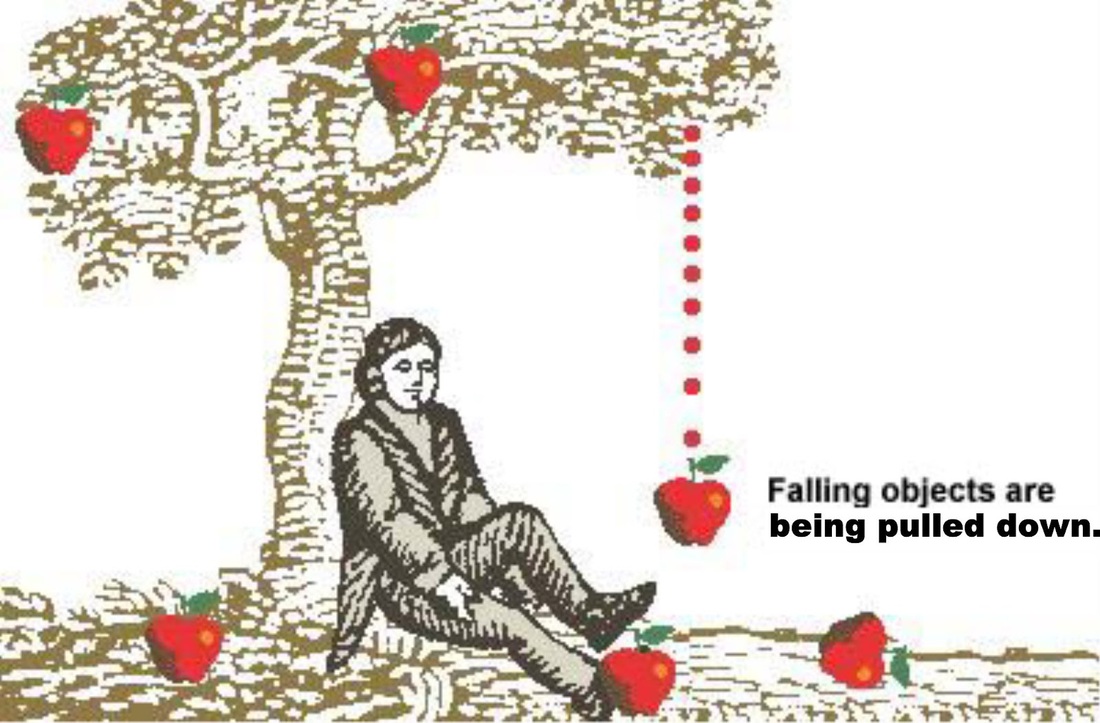
The first account of there being a specific tree in his garden from which Newton saw the apple fall appears in the book A History of the Town and Soak of Grantham by Edmund Turnor FRS (1806), in the footnote of page 160: 'The tree is still remaining and is showed to strangers'.Įdmund Turnor's brother, Rev. Other accounts state that Newton was sitting in his garden at Woolsthorpe Manor when the event occurred. The event occurred in the late summer of 1666. It states that: "he first thought of his system of gravitation which he hit upon by observing an apple fall from a tree". The first written account appears in notes on Newton's life collected by John Conduitt in 1726, the year of Newton's death. Newton gave the account of this discovery to several acquaintances who include: Voltaire (French philosopher and essayist), John Conduitt (his assistant at Royal Mint), Catherine Barton (his niece), William Stewkeley (friend and antiquarian) and Christopher Dawson (a student at Cambridge) among others. Some people dismiss it as a lucky encounter, but in fact there is value in the story. Isaac Newton's discovery of universal gravitation by observing the fall of an apple is universally known. The apples our tree grows are an extremely rare variety called ‘Flower of Kent’, which were first mentioned in the 15th century. From Newton's garden our tree cutting travelled to: Belton Park in the 1930s, then a Fruit Research Station in East Malling in Kent, to Cambridge Botanical Gardens and finally to Kew Gardens who gifted the tree to us in 1976. Our tree started its life in Newton's garden at Woolsthorpe Manor in about the year 1820, where it was propagated by Rev. In the late summer of 1666, that very tree helped Isaac Newton to question the nature of gravitation.

This growing apple tree started life as a grafted cutting, which was taken from Newton's garden at his home Woolsthorpe Manor in Lincolnshire.

You just need to place the mouse cursor over the prism to darken the room and reveal the color spectrum.Growing in a courtyard garden within the School lives a remnant of Isaac Newton's past - an ancient apple tree. You can perform a virtual version of the experiment below. For the experiment he placed a glass prism in front of a beam of light projected through a tiny hole in a window shade. Newton performed an experiment using a glass prism.

How Did Newton Discover the Color Spectrum? It was his experiments with light that first made him famous. His work in optics included the study of white light and the discovery of the color spectrum. His discovery of calculus led the way to more powerful methods of solving mathematical problems. What Else Did Sir Isaac Newton Discover?īesides his work on universal gravitation (gravity), Newton developed the three laws of motion which form the basic principles of modern physics. Yes, Sir Isaac Newton is best known for his work on gravity, but he worked on and discovered many other scientific wonders during his lifetime (1642-1727). He was also the first scientist to be knighted, which is a great honor in England and the reason "Sir" precedes his name. An engraving of Sir Isaac Newton by Caroline Hulot.


 0 kommentar(er)
0 kommentar(er)
